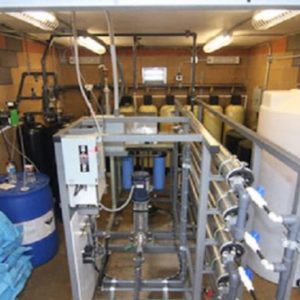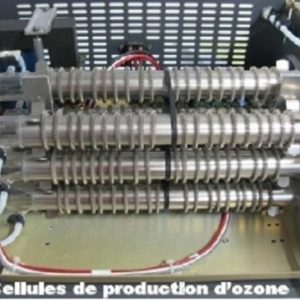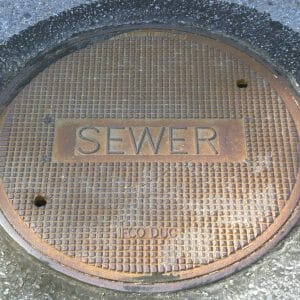- Home
- Product
- E - 2074 Liquefied Natural Gas (LNG) – PART 1 of 10 - LNG Characteristics, Feed Gas Pre-treatment
E – 2074 Liquefied Natural Gas (LNG) – PART 1 of 10 – LNG Characteristics, Feed Gas Pre-treatment
$50.00
LNG plants and other petrochemical plants are built to bring a return on investment to their investors through their safe operation. Their designers and engineer-led operators require technical knowledge to ensure these facilities are safe and reliable. This course gives you that knowledge.
This training covers LNG technologies at both a technical and human resource development level. This training is needed to help you design, operate, or maintain an LNG facility; however, many LNG topics can also apply to other petrochemical plants. This training is intended to present technical materials to help develop a clear understanding of an LNG facility’s safe and efficient operation. It is intended to give the learner the intermediate technical knowledge needed to make informed planning, maintenance, and operating decisions to ensure plant safety, reliability, and efficiency. The most crucial intention of this training is to give you technical knowledge on how to continue making the liquid natural gas industry safe and reliable.
In the following ten lessons, more detail will be given on the operation of an LNG plant, refrigeration systems for liquefying, and the thermodynamics involved in producing, storing, transporting, and re-vaporizing LNG.
This is lesson one of the ten lessons. Being the first in the 10-lecture series, it presents some basics that must be known to understand the following lessons. It then starts the intermediate training with the following topics:
- The number and type of LNG plants in the United States.
- Where natural gas comes from, and what is fracking
- Why LNG and what are the components of natural gas and LNG
- Why is LNG used, and what are the charismatics of LNG
- LNG production feed-gas pre-treatment
- Some types of purging and how their effectiveness
- How adsorbents are used in an LNG liquefaction plant
- Cautions such as water hammers, rollover, fires, and asphyxiation
- LNG tank types – single, double, and full containment; nitrogen and BOG annular space filled.
- Tank sensitivity to barometer changes
 E - 1106 Fundamentals of Heat Exchangers
1 × $50.00
E - 1106 Fundamentals of Heat Exchangers
1 × $50.00  E - 1118 Air Pollution Control - Carbon Adsorption for VOCs
1 × $75.00
E - 1118 Air Pollution Control - Carbon Adsorption for VOCs
1 × $75.00  E - 1112 Package Plants for Wastewater Treatment
1 × $50.00
E - 1112 Package Plants for Wastewater Treatment
1 × $50.00 

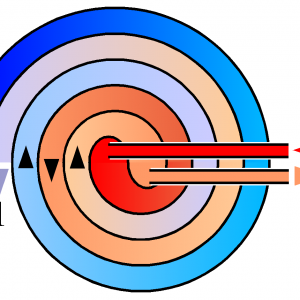 E - 1106 Fundamentals of Heat Exchangers
E - 1106 Fundamentals of Heat Exchangers  E - 1118 Air Pollution Control - Carbon Adsorption for VOCs
E - 1118 Air Pollution Control - Carbon Adsorption for VOCs 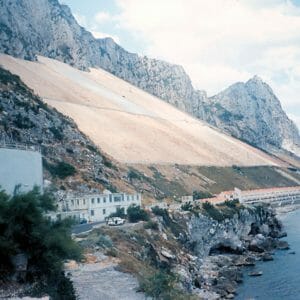 E - 1112 Package Plants for Wastewater Treatment
E - 1112 Package Plants for Wastewater Treatment 
